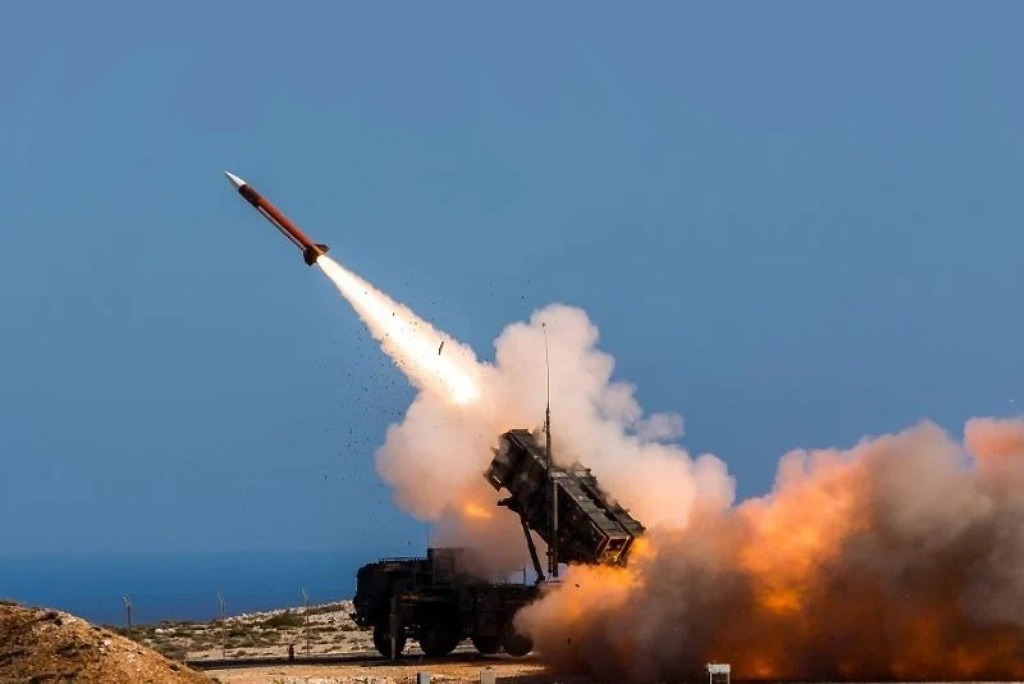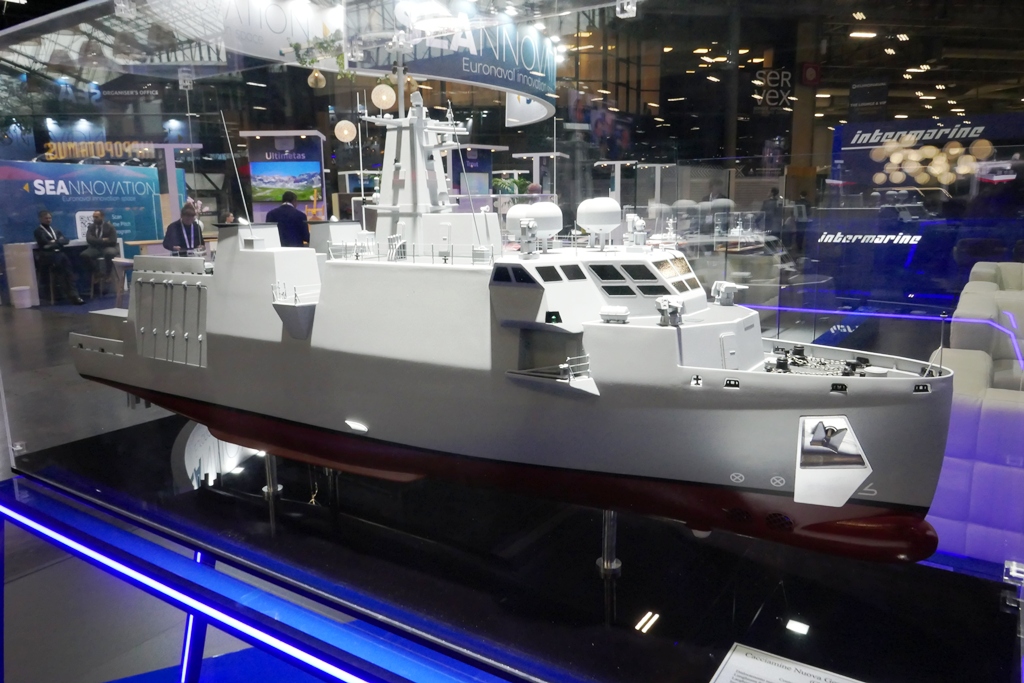The Evolution of the M1135 Stryker Nuclear, Biological, and Chemical Reconnaissance Vehicle
The battlefield is ever-evolving, and so too are the technologies deployed to ensure the safety and efficacy of military operations. A significant leap in this evolution is exemplified by the recent collaboration between the U.S. Army and Teledyne FLIR Defense, highlighted by a new contract worth $74.2 million aimed at enhancing the capabilities of the M1135 Stryker Nuclear, Biological, and Chemical Reconnaissance Vehicles (NBCRVs).
Context and Significance of the Contract
This recent contract builds upon a prior agreement from November 2024, which sought to update the NBCRV with advanced sensor technologies to improve anti-hazard operations and surveillance capabilities in active combat zones. The Army recognizes the necessity for enhanced detection systems in an era where threats can come from multiple dangerous vectors, such as chemical or biological agents. Thus, investing in a modern sensor suite not only boosts the operational readiness of troops but also helps safeguard their lives.
The current agreement encompasses the creation of six prototypes as well as necessary support services for government testing, illustrating a commitment to rigorous evaluation prior to full deployment. Such funding underscores the Army’s strategic prioritization of chemical and biological threat detection—an area that increasingly demands sophisticated technological solutions.
The Technology Behind the Upgrade
Central to this initiative is the incorporation of Teledyne’s R80D SkyRaider unmanned aerial system, accompanied by the MUVE B330 biological detection payload. These systems are designed for autonomous operation, significantly enhancing the functionality of the existing reconnaissance framework. Moreover, the integration of advanced hazard prediction software and sensing capabilities represents a leap forward in data collection and battlefield awareness, allowing operators to respond more effectively to emerging threats.
The overall architecture is supported by an innovative command and control system developed by FLIR, meant to seamlessly amalgamate various sensing and automated functions. This improved interface enables operators to make timely and informed decisions, a critical requirement in environments where safety is paramount and response times can be the difference between life and death.
The Role of the M1135 Stryker
At the heart of this modernization is the M1135 itself, a vehicle with a storied history in military operations. The M1135 is part of the General Dynamics Stryker family, specifically reconfigured for chemical, biological, radiological, and nuclear (CBRN) reconnaissance since the early 2000s. With a robust design measuring 7 meters long and weighing over 16,470 kilograms, it can accommodate up to four personnel while providing armor protection capable of withstanding 14.5-millimeter projectiles.
This 8×8 vehicle is powered by a 350-horsepower Caterpillar 3126 turbo diesel engine, allowing it to reach top speeds of 100 kilometers (approximately 62 mph) and covering a range of around 100 kilometers (approximately 311 miles). Such capabilities enable the M1135 to navigate various terrains on the battlefield, performing critical reconnaissance missions with ease.
Operational Advantages and Features
One of the standout features of the M1135 Stryker is its integrated detection systems that work in concert with a meteorological system to offer a comprehensive overview of environmental conditions. This integration improves threat detection, allowing teams to monitor and address potential hazards in real-time. Additionally, the onboard NBC positive overpressure system minimizes cross-contamination risks for sensitive detection instruments within the vehicle, thus enhancing safety for the crew and enabling prolonged operations in contaminated environments.
Militaries across the globe recognize the increasing sophistication of threats they face, making the need for advanced reconnaissance vehicles like the M1135 pivotal. The capabilities afforded by the latest contract with Teledyne FLIR Defense signify a proactive step in equipping personnel to face a broad spectrum of potential dangers.
Outlook for Development and Innovation
The work resulting from this integration will continue through 2028, with operations conducted at various FLIR Defense centers located in Arizona, Maryland, and Oklahoma. As stated by Dr. JihFen Lei, President of Teledyne FLIR Defense, enhancing sensor capabilities on the NBCRV directly correlates with the Army’s preparedness to detect and respond to various hazardous agents, fostering operational readiness.
The U.S. Army’s investment in the M1135 Stryker not only highlights a commitment to upgrading its technological arsenal but signals a recognition of the complexities of modern combat. The expectation is clear; future service members will operate under the safest and most effective conditions possible, bolstered by innovative technologies and extensive support tailored to meet the challenges of the battlefield head-on.





